We’re excited to introduce you to the always interesting and insightful Jan-Tore Oevrevik. We hope you’ll enjoy our conversation with Jan-Tore below.
Jan-Tore, thank you so much for taking the time to share your lessons learned with us and we’re sure your wisdom will help many. So, one question that comes up often and that we’re hoping you can shed some light on is keeping creativity alive over long stretches – how do you keep your creativity alive?
I keep my creativity alive through constant connection, inspiration, and a commitment to both learning and sharing. I stay in touch with fellow photographers—both individually and through private WhatsApp groups—where we regularly exchange ideas, techniques, and feedback. I also follow photographers whose work I admire on social media, which helps me stay inspired and exposed to different styles and perspectives.
From time to time, I join photography workshops—not only to connect with others who share the same passion, but also to explore new locations without having to invest too much time in planning or research. It’s a great way to stay engaged, inspired, and open to new creative directions.
This fall, I’m hosting three back-to-back photography workshops together with another photographer. These workshops are a chance for us to share our knowledge and experience, but they also push me to go deeper into my own creative process so I can offer valuable guidance to others. In preparing for them, I often find new ways of thinking about light, composition, and storytelling.
Finally, I make it a priority to stay current with editing tools like Lightroom and Photoshop. Keeping up with new features and techniques helps expand my creative toolbox and keeps my work evolving.
Creativity, for me, thrives in an environment of growth, collaboration, and continuous exploration.
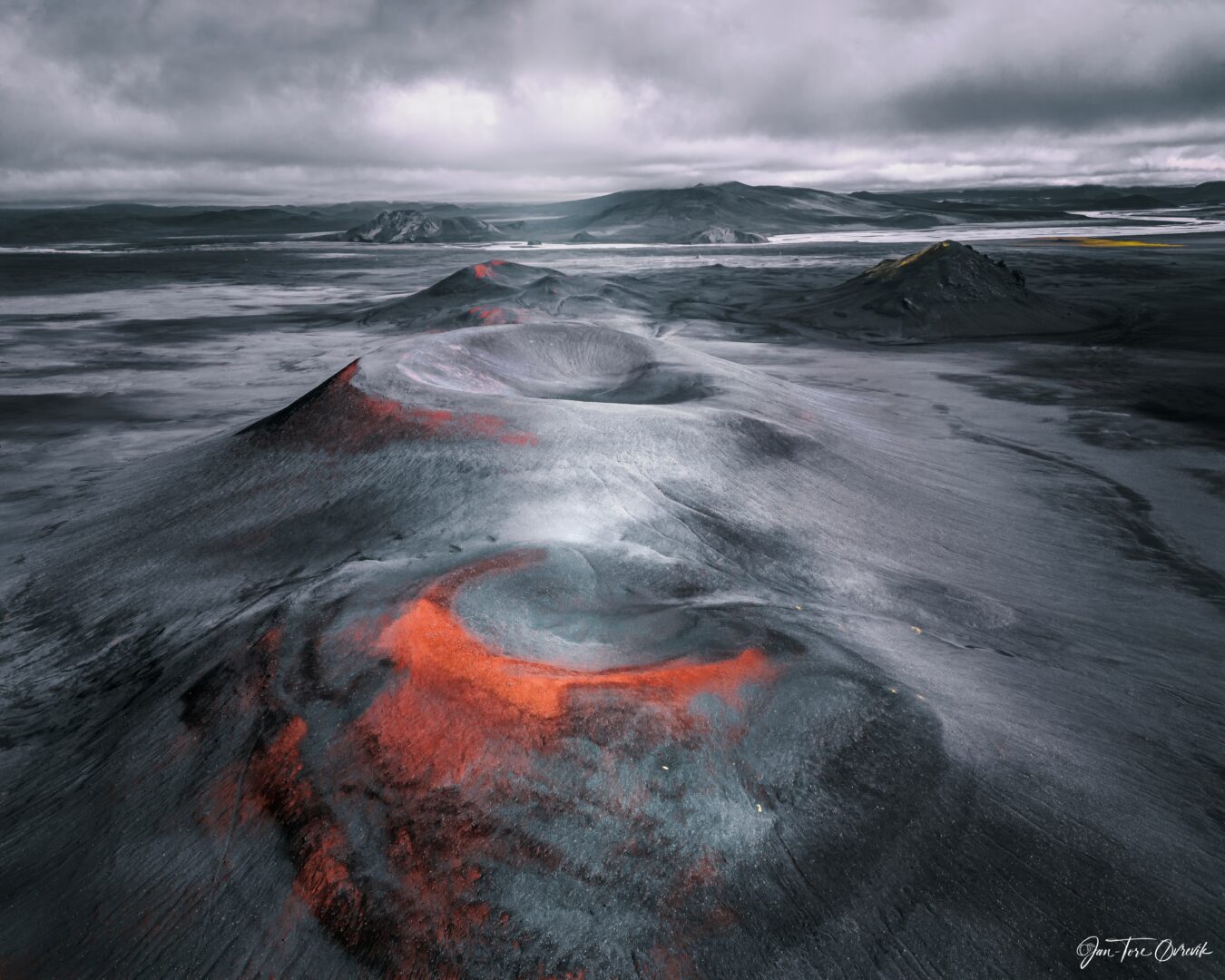
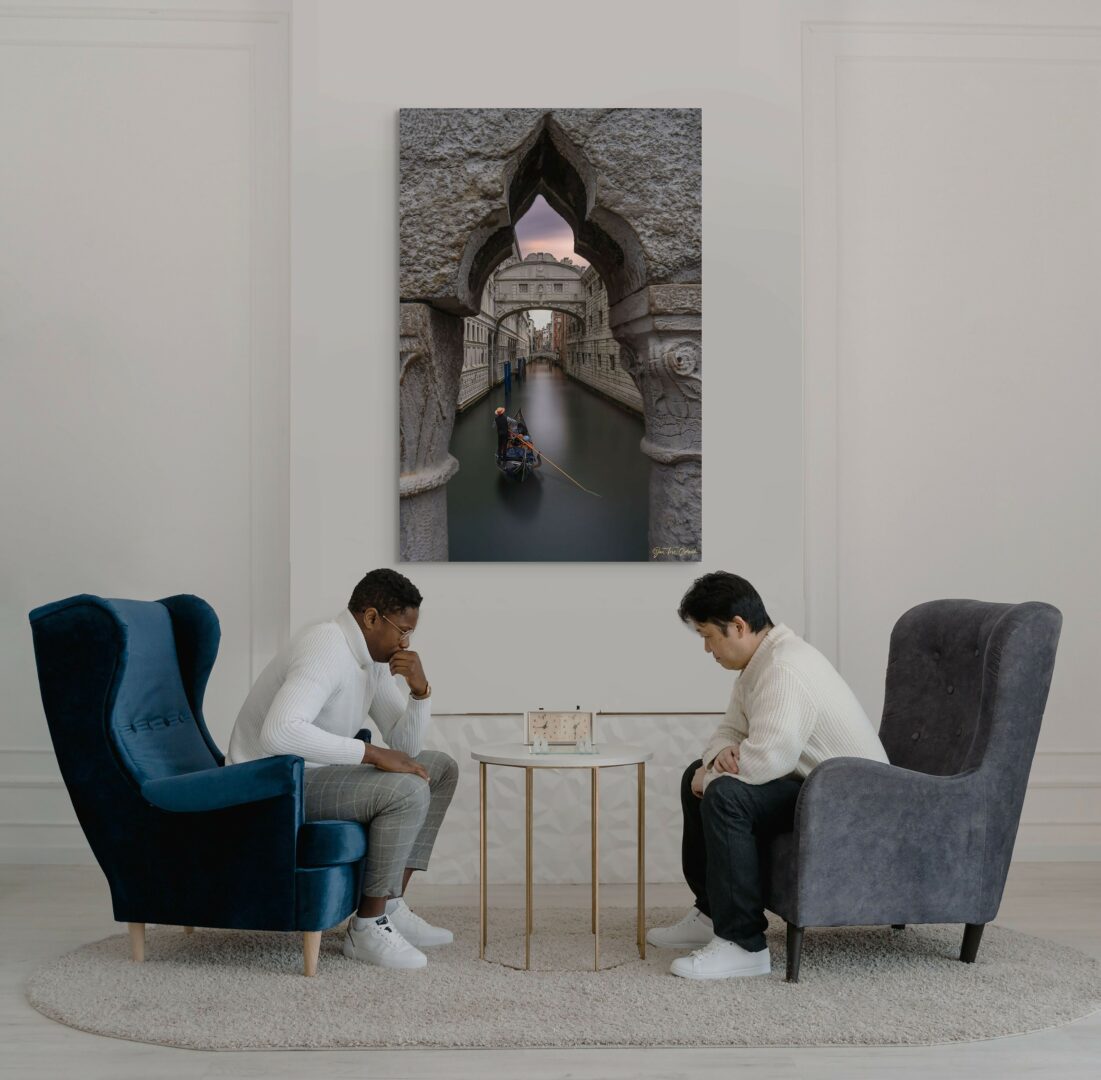
Thanks for sharing that. So, before we get any further into our conversation, can you tell our readers a bit about yourself and what you’re working on?
I’m a fine art photographer specializing in high-end landscape, cityscape, and wildlife photography. My focus is on capturing rare and powerful moments—whether it’s a quiet sunrise over Venice, the raw drama of Iceland’s volcanic terrain, or the precise motion of a bird in flight. What sets my work apart is not just the technical precision or the unique locations, but the deeper sense of emotion, atmosphere, and storytelling that I strive to convey through every image.
My photography is created for people who appreciate meaningful, museum-quality art—collectors who want more than just a beautiful picture on their wall. Many of my pieces are part of limited or rare edition series, printed on premium materials like metal, acrylic, or Fujiflex Crystal Archive photographic paper, and they come with a certificate of authenticity. Each image is crafted with the highest attention to detail, often requiring extreme conditions, months of planning, or multiple exposures blended with care.
What excites me most is when someone connects with a piece and it becomes part of their home or collection—that moment when the story I’ve captured resonates on a personal level.
As already mentioned, I’m hosting three back-to-back photography workshops in some truly breathtaking locations. These workshops are not just about teaching photography—they’re about helping others grow in confidence, vision, and creative storytelling. It’s incredibly fulfilling to give back by guiding others, and in doing so, I continue to deepen my own understanding of the craft.
Whether I’m behind the camera in a remote corner of the world or working with clients to find the perfect print for their space, my mission is the same: to create and share powerful visual stories that stay with people long after they’ve seen the image.

There is so much advice out there about all the different skills and qualities folks need to develop in order to succeed in today’s highly competitive environment and often it can feel overwhelming. So, if we had to break it down to just the three that matter most, which three skills or qualities would you focus on?
Looking back, three qualities have played a major role in shaping my journey: patience, persistence, and an eye for detail.
Patience is essential in photography—especially in landscapes and wildlife. Sometimes you wait hours (or even days) for the right light, weather, or moment to come together. It’s not just about pressing the shutter at the right time, but being present and prepared when that moment finally arrives. For those early in their journey, I’d say: don’t rush the process. Great images often come from being still, observing, and letting the scene speak to you.
Persistence is what keeps you going through the challenges—technical setbacks, bad weather, missed shots, or the long hours it takes to build a name in the industry. It’s a long game, especially in fine art photography. Keep showing up, keep learning, and keep creating. You might not see results right away, but consistency pays off over time.
An eye for detail is what elevates a good image to something exceptional. It’s about noticing subtle elements—light, lines, color, emotion—and knowing how to bring them together to tell a story. This is something that develops with time and experience. One of the best ways to improve this is by studying your own work critically, looking at what works and what doesn’t, and also by analyzing the work of photographers you admire.
These three qualities—patience, persistence, and attention to detail—continue to shape my journey every day. For anyone just starting out, invest time in growing them. They’ll serve you well no matter what path your creativity takes.
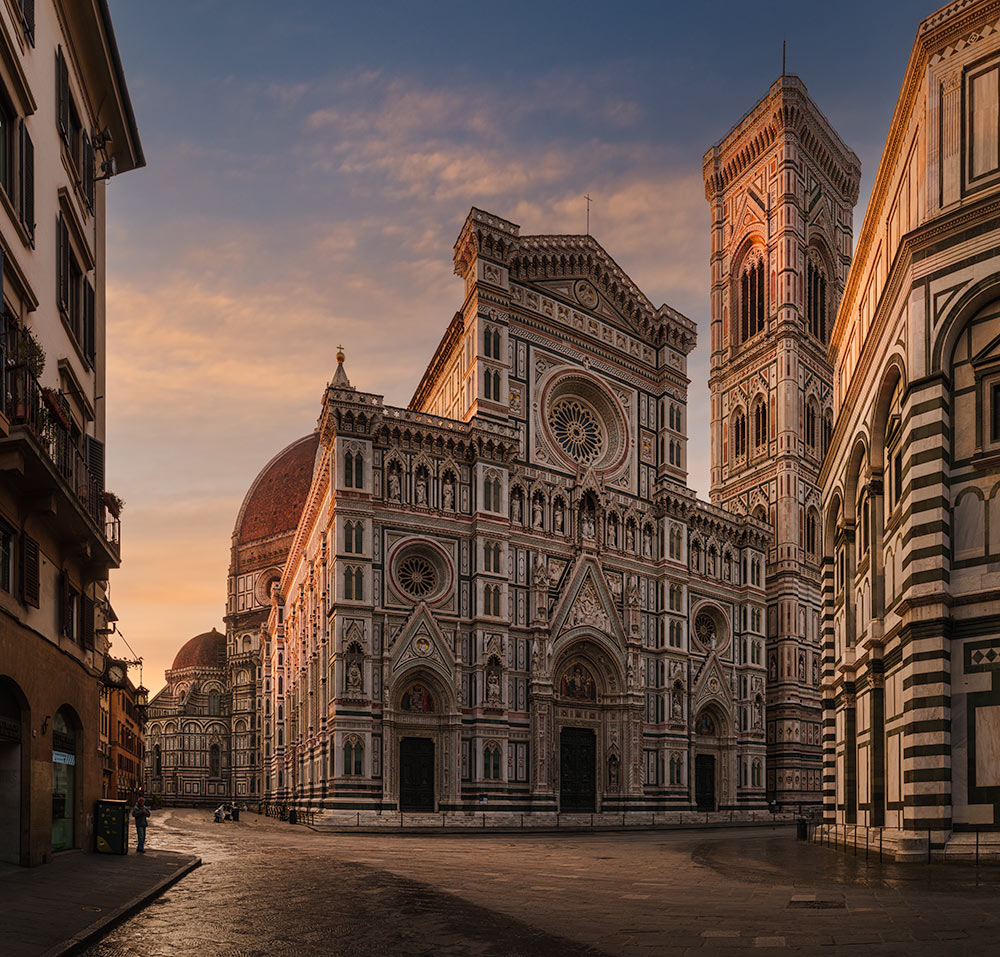
We’ve all got limited resources, time, energy, focus etc – so if you had to choose between going all in on your strengths or working on areas where you aren’t as strong, what would you choose?
In my opinion, both are important—you should absolutely go all in on your strengths, but not at the expense of growth in other areas. Our strongest talents are often where we find the most fulfillment and success, so it makes sense to build on them and sharpen those skills even further. But at the same time, limiting ourselves only to what we’re already good at can restrict creativity and future opportunities.
As a photographer, I see this all the time. Many professionals specialize in one area—portraits, weddings, nature, etc.—and some build successful careers doing just that. But I believe there’s great value in exploring other styles and techniques. For example, combining portraiture with landscape or cityscape photography can result in stunning, unique compositions. Understanding how to use natural light in outdoor settings can enhance your portrait work, just as mastering lighting in studio setups can improve product or macro photography.
Personally, I specialize in fine art prints for high-end collectors, but I still make an effort to diversify my portfolio—not only because it helps reach a broader audience, but because each new style or technique adds to my overall creative vision. The more tools you have in your creative toolbox, the more prepared you are to approach a subject in a unique and compelling way.
So yes—lean into your strengths, let them lead the way, but never stop exploring. Growth often happens at the edge of your comfort zone, and versatility can open doors you didn’t even know existed.
Contact Info:
- Website: https://www.jto-photography.com
- Instagram: https://www.instagram.com/jto_photography/
- Facebook: https://www.facebook.com/jtophotography/
- Linkedin: https://www.linkedin.com/in/jan-tore/
- Twitter: https://x.com/jtofineart
- Youtube: https://www.youtube.com/@jtophotography
- Other: https://linktr.ee/jtophotography
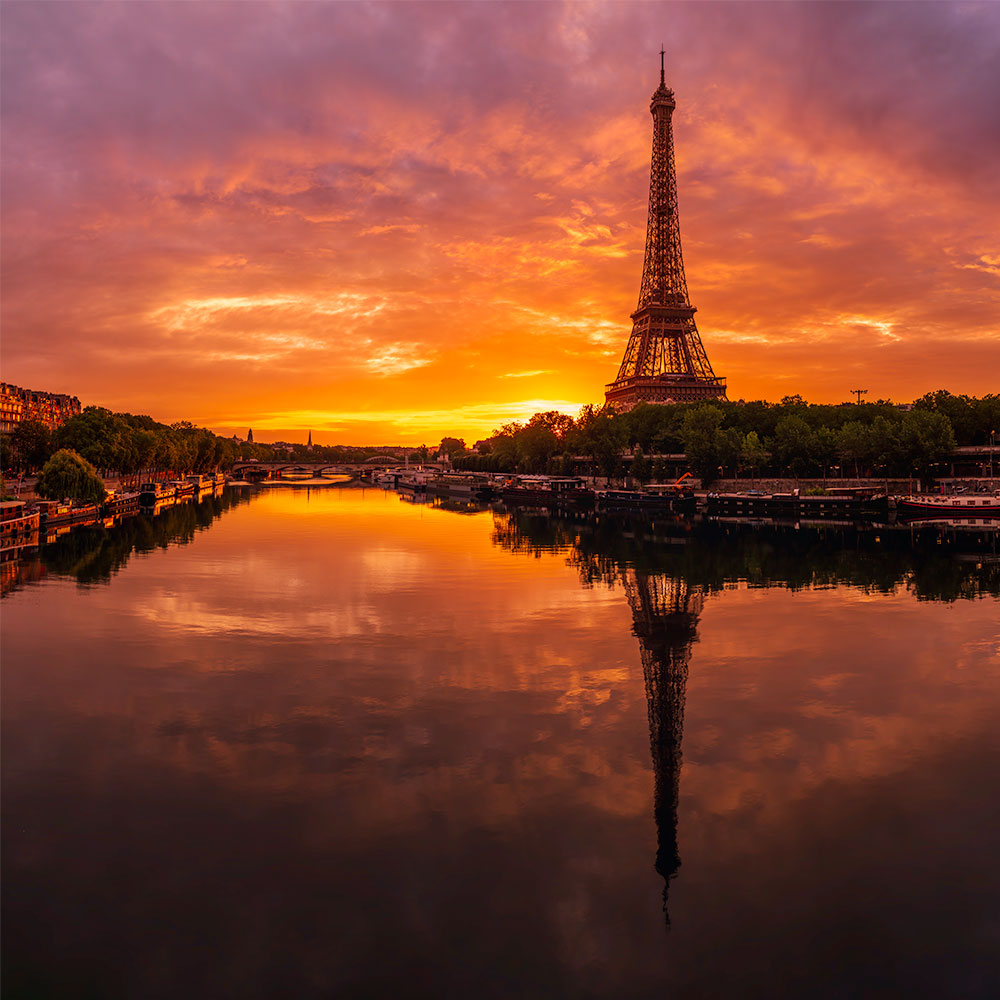

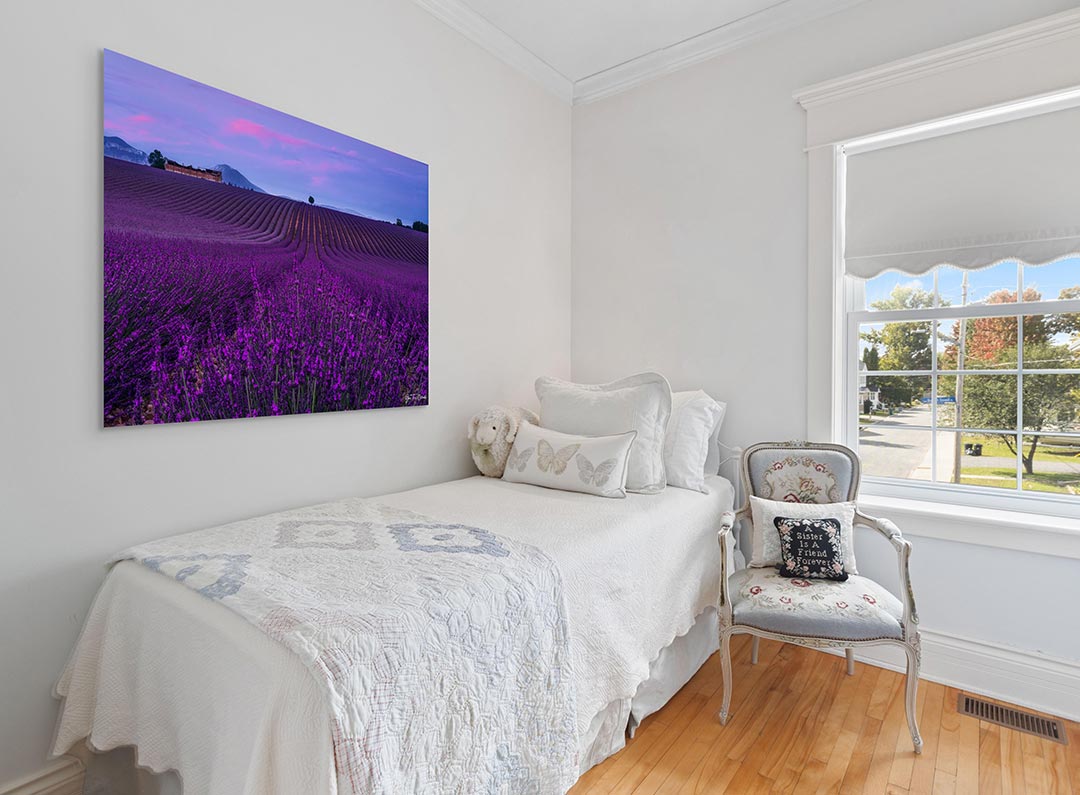
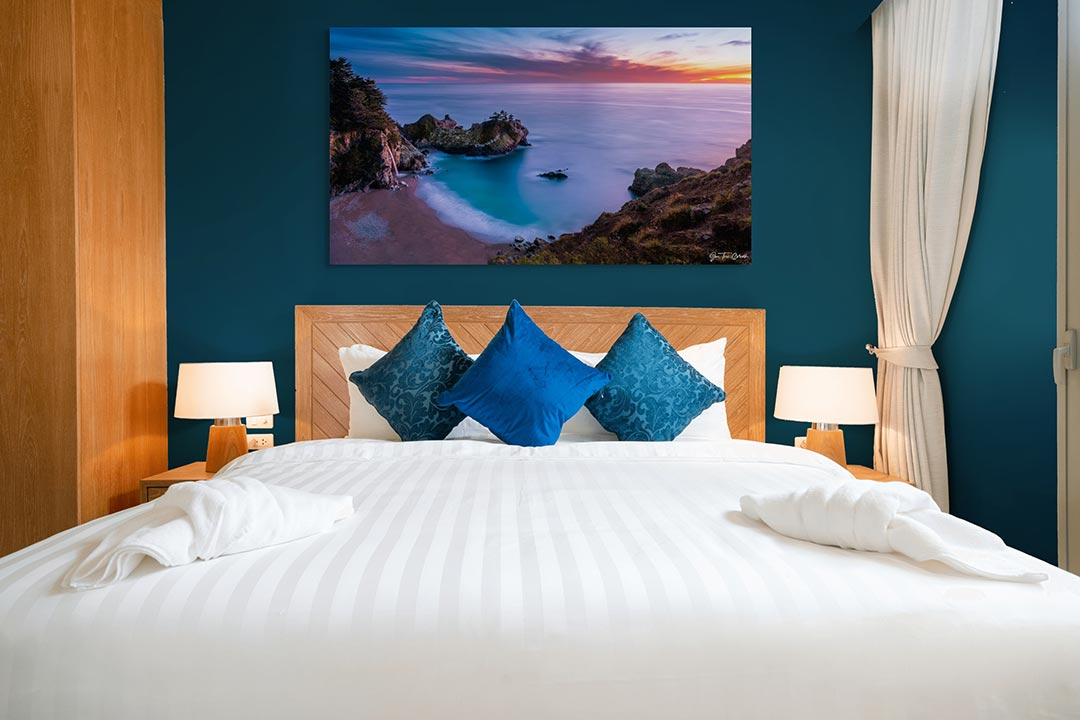
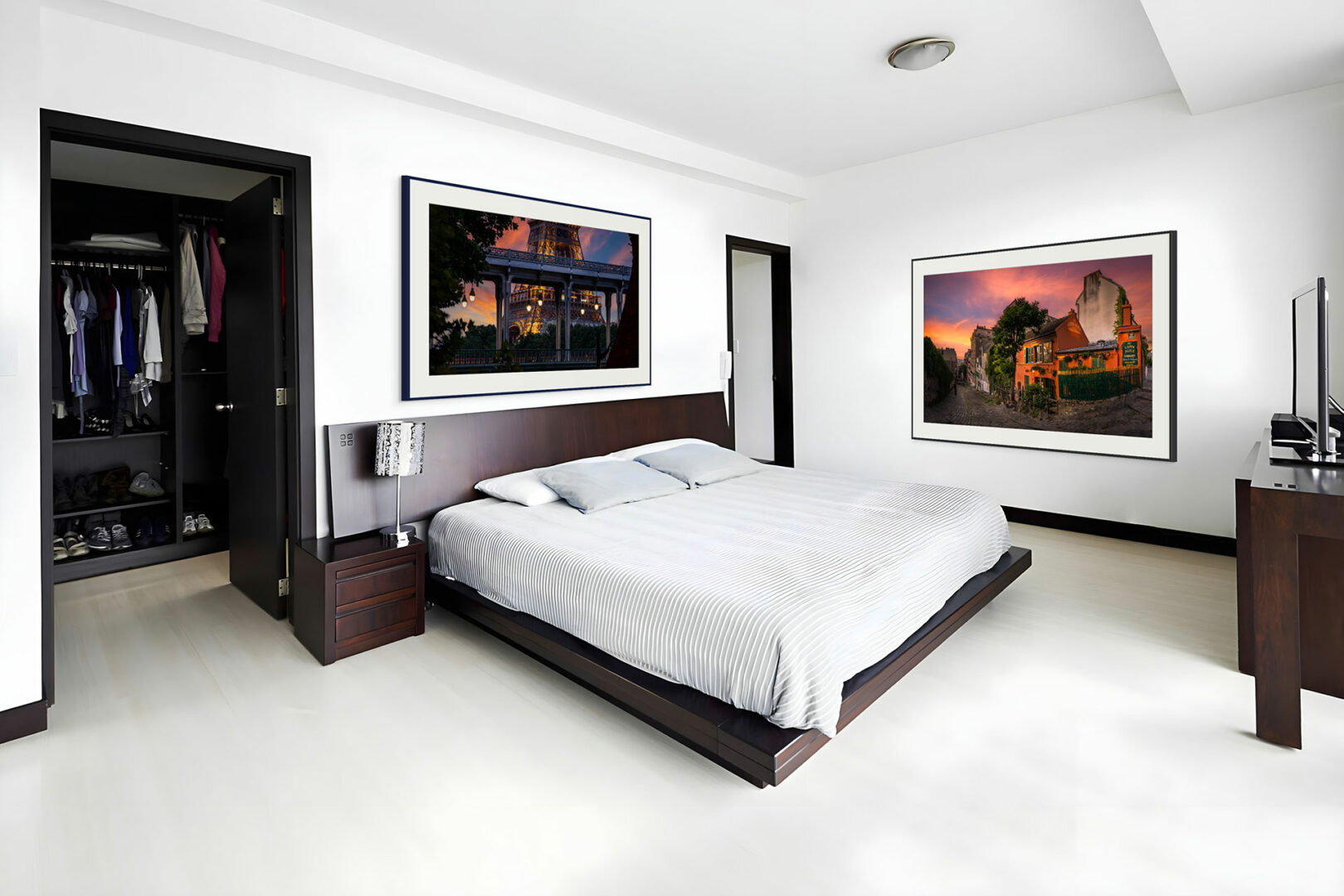
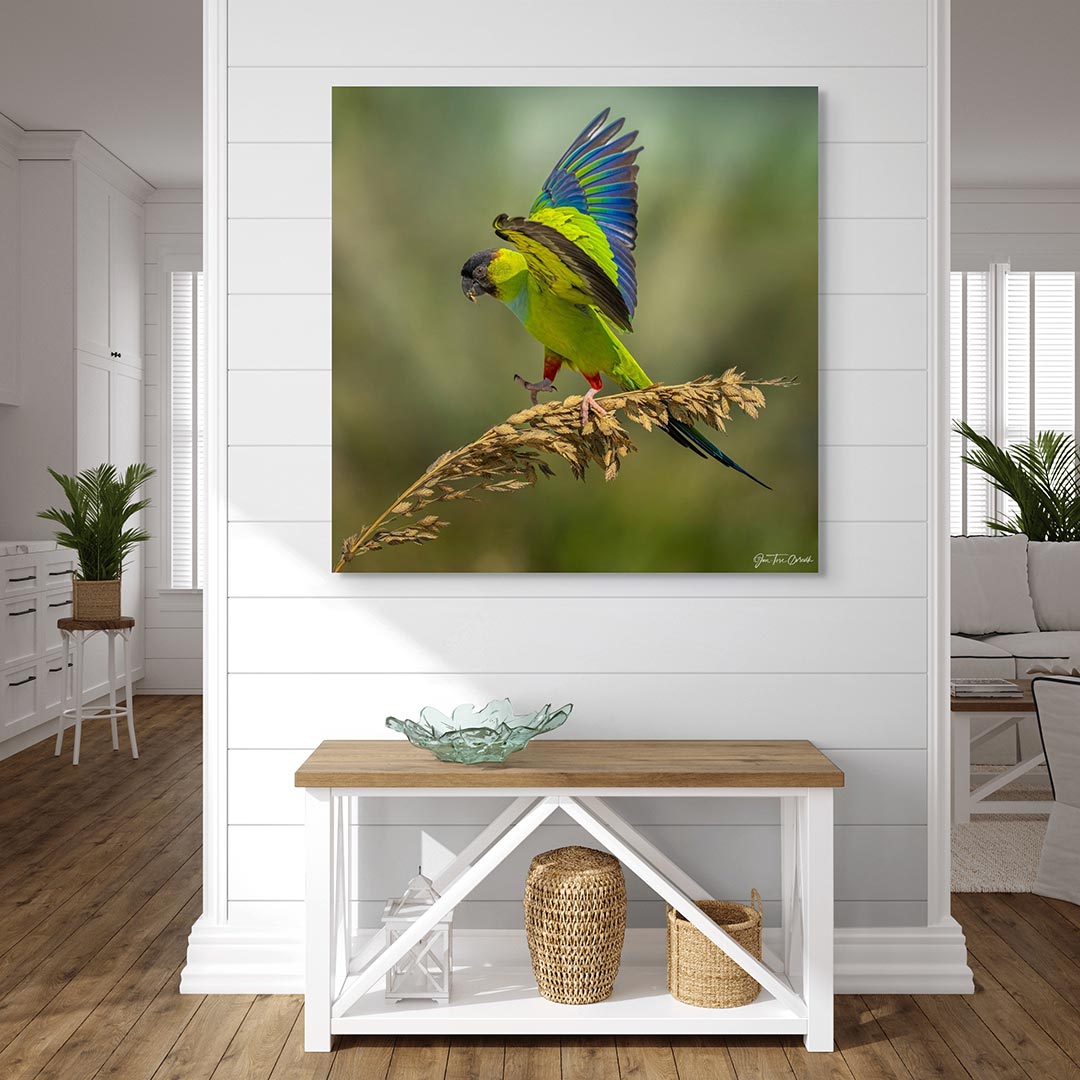
Image Credits
Jan-Tore Oevrevik | JTO Photography
so if you or someone you know deserves recognition please let us know here.




